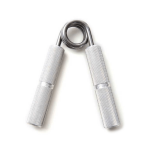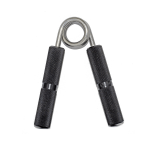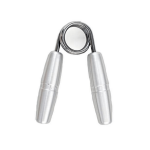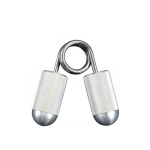(Last Updated on October 9, 2025 by Henry)
If you’re aiming to enhance your fitness routine, grip strength might not be the first thing on your mind, but it’s a game-changer. It’s not just about firm handshakes; it extends to lifting groceries, opening jars, and even maintaining a healthy posture. In this guide, you’re going to find out about the top 10 grip-strengthening exercises that are essential for anyone looking to build a powerful grip.
A strong grip benefits more than just your gym performance. It’s a vital component of your daily tasks and speaks volumes about your overall health quality.
From the confidence of a firm handshake to the ability to carry heavy objects with ease, the implications are far-reaching.
Grip strength training does more than fortify your hands and wrists; it minimizes the risk of repetitive strain injuries, ailments all too familiar in our keyboard-bound world.
By paying attention to the delicate musculature of your forearms and hands, you’re investing in a pain-free, functional future.
Now, before we go deeper into the hows and whys of grip strength, it’s essential to understand the anatomy behind it, which is exactly what you’ll explore in the next section. Prepare to meet the key players that make all these gripping feats possible: the muscles of your forearms and hands.
Grip Anatomy Explained: The Key Muscles Behind Strength
Imagine your hand as a high-performance tool, intricate and capable. At the heart of its mechanics lie several key players, muscles that drive your grip’s power and precision. I’m going to introduce you to these grip champions, starting with the flexor digitorum profundus (FDP). This muscle is the heavy lifter, allowing you to flex those fingers when you’re battling another rep in the gym or simply latching onto a grocery bag’s handle.
Next up, let’s talk about the flexor pollicis longus (FPL). Think of it as the thumb’s personal bodyguard. Its pivotal role lies deep in the forearm, ensuring every thumb war is a victory and every jar lid twist is a breeze. This muscle exemplifies the synergy of the hand and forearm, proving that strength often comes from collaboration.
Now, the flexor digitorum superficialis (FDS) deserves some limelight, too. It’s the primary powerhouse for bending your fingers at the knuckles; an essential player for gripping, climbing, and even typing. When you’re training your grip, remember that you’re not just fortifying your fingers and thumbs, but also enhancing the muscle bridge connecting them to the rest of the arm.
Equally important is the extensor digitorum communis (EDC), which extends the medial four digits. It generates the pull force for the extension of your four medial fingers in their metacarpophalangeal and interphalangeal joints. It’s noteworthy that it also contributes to relaxing grip muscles.
Understanding grip strength isn’t complete without acknowledging the intricate dance between the intrinsic muscles of the hand and the extrinsic muscles of the forearm. Together, they orchestrate every squeeze, every hold, and every twist. It’s their harmony that gives you the capability to grip and not let go, whether you’re swinging a racket or lifting a child into the air.
Benefits of Grip Strength: Why Strong Hands Matter
I’m here to help you understand why grip strength isn’t just a show of might; it’s integral for a host of everyday actions. Think about carrying groceries, holding a leash while your dog pulls, or even opening a jar – these are all moments when a strong grip comes into play.
You’re going to find out about more than just daily tasks, though. A firm grip also correlates to lower risks of injuries, especially repetitive strain injuries (RSIs) that can result from weak hand muscles and overuse.
This isn’t just about making life more convenient; it’s a matter of health. Research suggests that grip strength can serve as a snapshot of overall vitality and longevity. It’s a quick measure that might flag potential health issues sooner rather than later.
In my opinion, incorporating grip strength exercises into your fitness regimen can be a game-changer. Not only will it fortify your hands and forearms, but it will also provide a solid foundation for improving your fitness levels across various aspects of physical activity.
So, as we transition from the ‘why’ to the ‘how’, remember that strengthening your grip will not only make you stronger but also protect your well-being. Next, I’m going to delve into the different grip types: crush, pinch, and support, and how honing each can further power up your grip game.
Different Grip Types & Their Unique Functions
You might be asking yourself why understanding different grip types even matters. Well, there’s a good reason for it. Essentially, there are three grip types: crush grip, pinch grip, and support grip.
Each serves its own purpose, and mastering all three can give you an edge in both your exercises and daily chores.
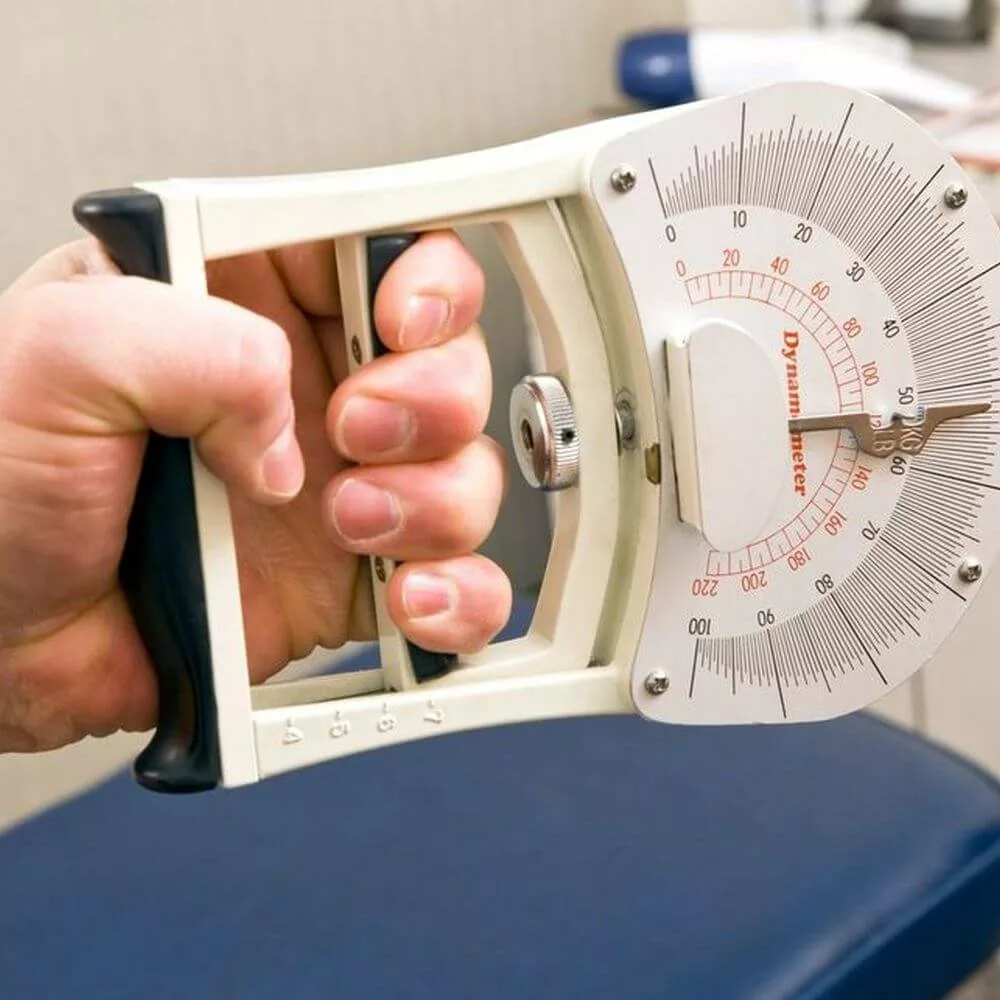
Crush Grip Training: Best Exercises & Tools for Stronger Hands
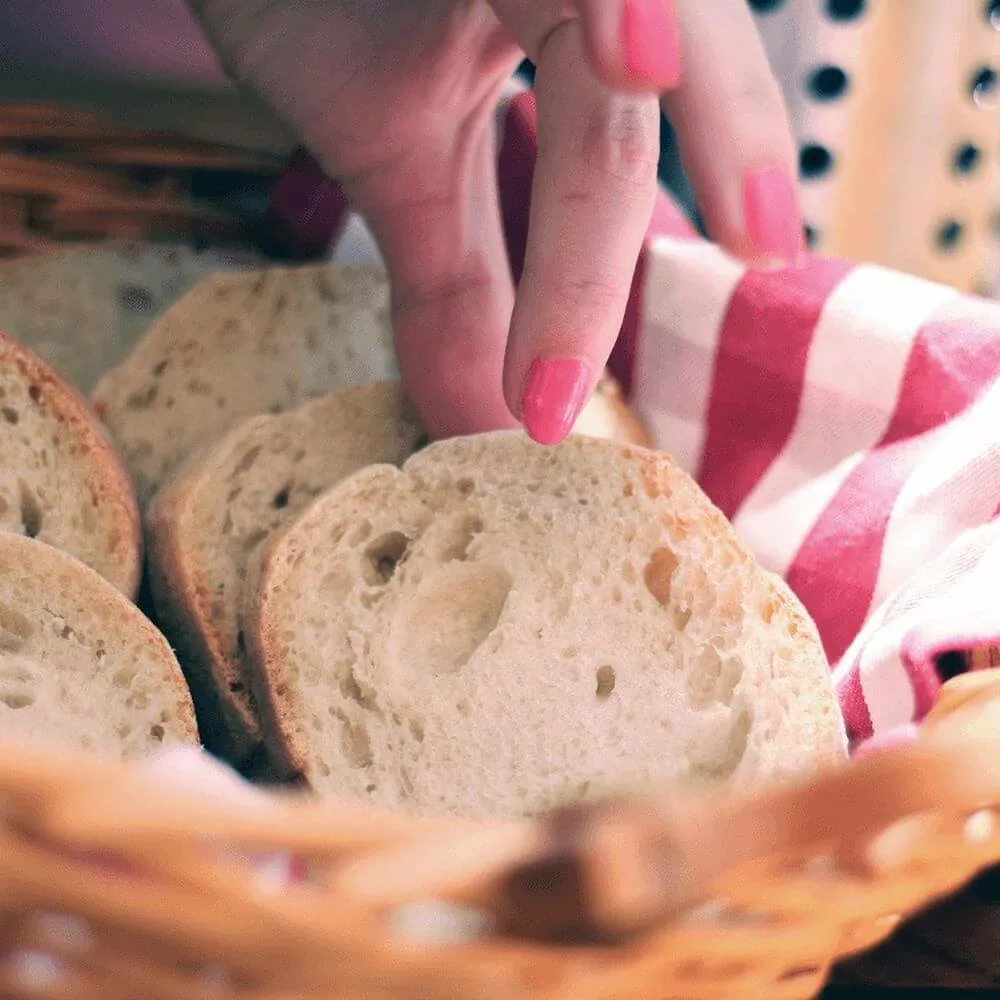
Pinch Grip Training: Proven Exercises & Tools to Boost Thumb Strength

Support Grip Training: Build Endurance & Lift Heavier Safely
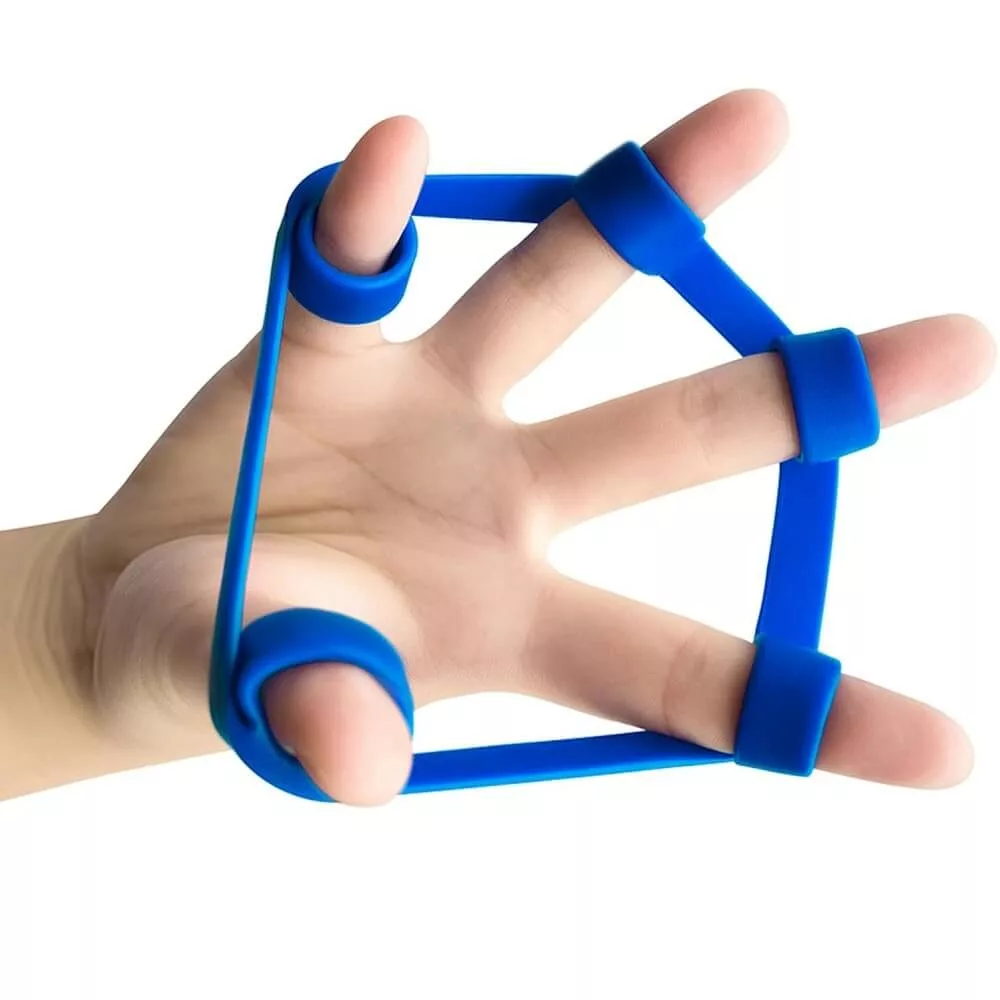
Finger Extensor Training: Prevent Hand Pain & Build Balance

The 5 Primary Hand Movements: Gateways To Grip Strength

Train Your Wrists Like a Pro: Gain Strength, Mobility & Prevent Injury
Starting with the crushing grip, it’s probably what comes to mind when you think about grip strength. This is the grip you use when you’re shaking someone’s hand or crushing a can.
Exercises like wrist curls and hand grippers are great for developing this powerful grip style.
Then there’s the pinch grip, which involves holding something between the thumb and fingers, but without the palms.
Think of grabbing a flat plate at the gym or picking up a sheet of paper from the table. Plate pinches and barbell levering specifically work on this type of grip.
Lastly, we have the support grip, which is all about endurance. It’s what you use when you’re holding onto a pull-up bar or carrying shopping bags.
Enhancing your support grip can be achieved with exercises like dead hangs and towel chin-ups. It’s that sustained grip that makes all the difference when you’re aiming for one more rep or making fewer trips to the car with groceries.
The 10 Best Exercises to Build Grip Strength
When it comes to building grip strength, these 10 exercises are going to be your best allies. You’re going to find out about the most effective workouts that target different aspects of grip strength: crush grip, pinch grip, and support grip. Remember, these exercises aren’t just about enhancing your grip; they also contribute to overall muscular health.
1Wrist curls are your go-to for developing a sturdy crush grip. You’ll be flexing the wrists with added weight, which in turn engages the key muscles we discussed: the FDP, FPL, and FDS. Regularly slotted into arm-day routines, wrist curls are an uncomplicated yet potent. 2The dead hang, executed on a pull-up bar, predominantly targets your support grip. It’s deceivingly simple: just hang from the bar as long as possible. You’ll quickly notice how it challenges your forearms and hands.3And if you want to up the ante, try the towel chin-up. Wrap a towel around the bar, grasp the ends, and perform chin-ups; this variation seriously levels up the intensity.
4Plate pinches will squarely hit your pinch grip. As the name suggests, you’ll be pinching weight plates together, holding them for as long as you can. This exercise is excellent for targeting the thumb’s muscles, an area often neglected. 5If you’re looking for a real-world, functional exercise, the farmer’s walk is ideal. This exercise involves carrying substantial weight in each hand and walking a specific distance or time, and it enhances overall grip endurance. 6Hand grippers might seem a bit old school, but they are highly effective. Regular use builds crush grip strength, and they’re convenient enough to be used almost anywhere. 7The Fat Gripz adaptor can transform your regular biceps curl into a brutal grip workout. Slipping them onto dumbbells or barbells increases the diameter, forcing your hands to work harder and engage those crucial grip muscles more intensely. 8Barbell levering is another exercise that can take your forearm strength to the next level. Holding the barbell vertically, you’ll pivot the barbell at the wrist, a movement that improves both grip strength and wrist stability. 9Your fingers aren’t left out either: rubber band hand extensions provide the necessary opposition to gripping. Slip a rubber band over your fingers and extend them outward repeatedly to strengthen the extensors of the hand. 10Lastly, the king of grip training: deadlifts. Engaging virtually every grip muscle, deadlifts are a powerhouse for building an iron grip. It’s a compound lift that will not only improve your grip but will also promote total-body strength.
Training Tips to Maximize Grip Strength Gains
If you want to translate the squeeze of your handshake into a testament of your overall vitality, focusing on grip strength training is a solid game plan. The path to a formidable grip is paved with more than just repetitive motions; it’s about smart, progressive resistance and meticulous attention to form.
Don’t worry too much about nailing the perfect technique on your first attempt. It’s natural to encounter a learning curve. What’s essential is that you prioritize safety and correct posture to bypass any potential injuries.
Mixing up your grip-strengthening exercises is the key to well-rounded development. By integrating variety, you target all the muscles involved in grip strength and avoid plateauing. It’s vital to cycle through exercises for the crushing grip, pinch grip, and support grip to challenge your muscles in different ways.
Improving your grip has a domino effect. Not only does a robust grip aid in hefting weights at the gym, leading to more productive workouts, but it also simplifies countless everyday tasks. From opening jars to carrying groceries, your enhanced grip will have you reaping benefits in places you hadn’t even anticipated.
Remember, your grip training journey should be both functional and sustainable. Gradual improvement is the name of the game, and with the right mix of exercises I’ve shared, you’re set to keep a firm handle on all your physical pursuits. So keep at it, stay consistent, and watch as your grip strength becomes a powerful ally in both the gym and life.
Thanks for Stopping By
Have Questions?
Please Leave A Comment


